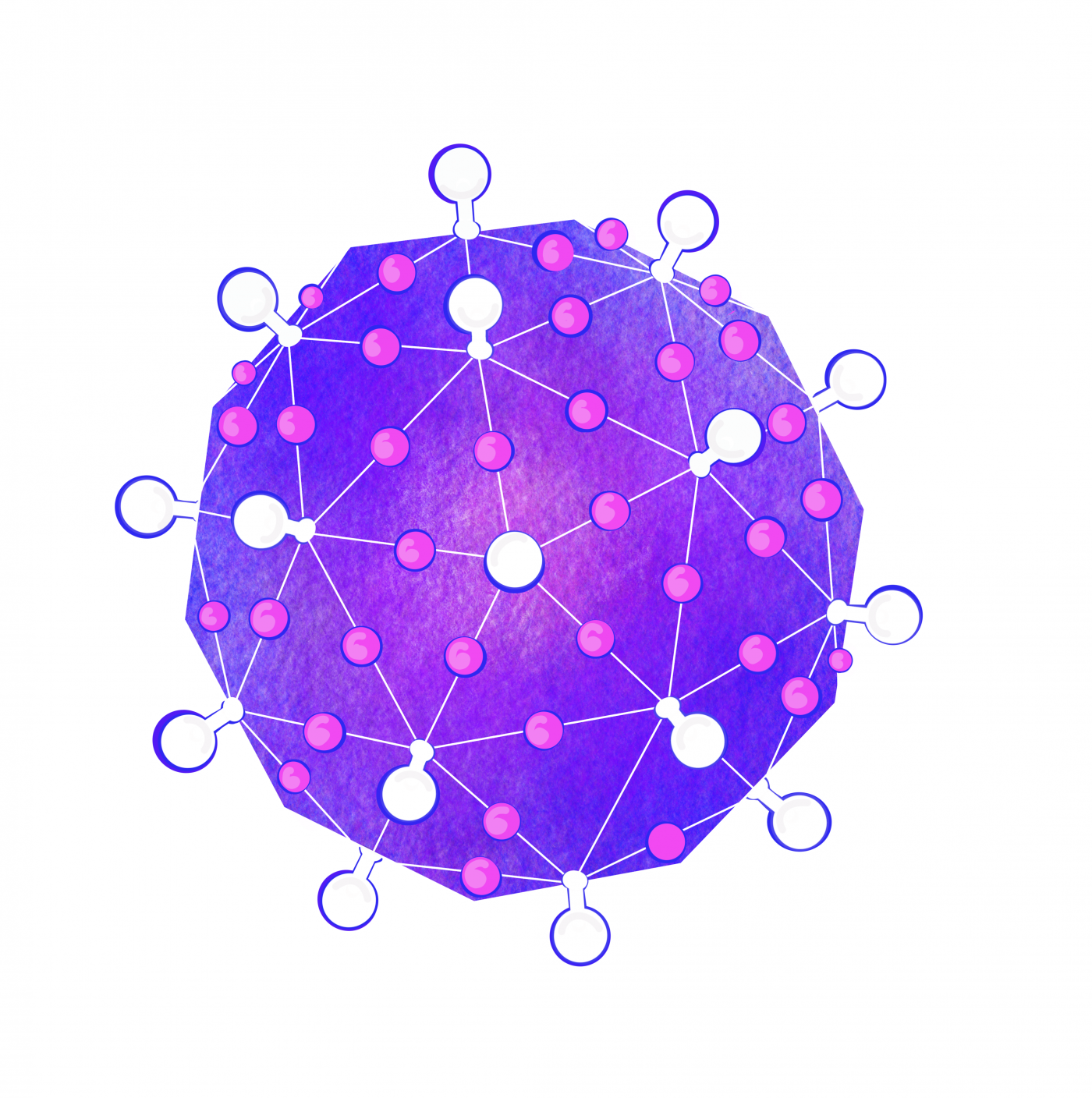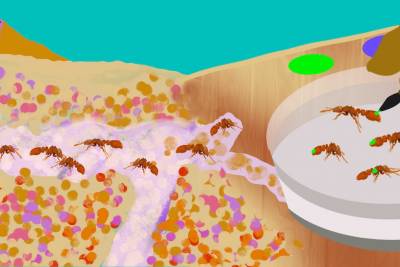Know about Viruses
Take a closer look at some resources for you to know more about viruses
Deepen your knowledge...
Viruses: A basic description
You might be familiar with the word “virus,” whether you’ve heard it from news reports, a diagnosis at the doctor’s office, or even in science class. But what exactly is a virus? In this resource collection, we will dig into the question “What is a virus, anyway?” to help reveal a basic understanding of virology, and how these microscopic units can impact all life on earth.
What are viruses made of?
Given their daunting biological task (infecting a host) and their limited biological capital, viruses have no choice but to be thrifty. While every strain of virus has its own unique size and shape, the primary function of a virus’s biological “stuff” is pretty standard: transmit a copy of their genetic material from an infected cell to an uninfected cell. What is this biological stuff, anyway? Let’s take a look!
Viral Symmetry and Genetic Economy
 Throughout history viruses have consistently emerged as important pathogens with distinct genetic organizations, replication strategies, and biophysical properties. However, despite this incredible diversity in virus organization, nearly all known virus structures subscribe to the rules of geometric symmetry. It’s a matter of (genetic) economics!
Throughout history viruses have consistently emerged as important pathogens with distinct genetic organizations, replication strategies, and biophysical properties. However, despite this incredible diversity in virus organization, nearly all known virus structures subscribe to the rules of geometric symmetry. It’s a matter of (genetic) economics!
Coronavirus Biology
There are many types of coronaviruses. In fact, scientists have been studying coronaviruses since the 1960s. But, it was not until 2020 that “coronavirus” became a household name due to the global pandemic caused by a novel coronavirus species, SARS-CoV-2. What is a coronavirus? How does a coronavirus infect cells? Why are coronavirus genomes so large? Let’s explore.










